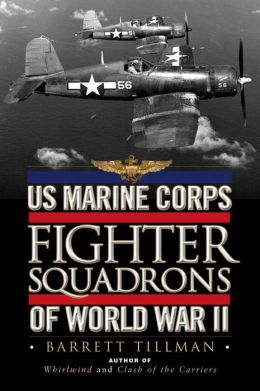There was another war a long way from Europe that entailed fleets and armies travelling huge distances to collectively experience all the see-saw stuff – conquest, defence, defeat, triumph and disaster in a vast swathe of highlands and islands hugging the equator and farther afield. I suppose I see a fixed version of it in a succession of John Wayne films that varied in quality. My favourite will always be They Were Expendable, a subject far removed from the territory of this book but packed with atmosphere and that very American take on defiant patriotism that worked so well. My point is, with some exceptions, I know very little about the Pacific War in comparison to the conflicts in Europe and Africa. The trials and tribulations of the British are closer to me for obvious reasons, but I have never been parochial and the importance of the overwhelming American effort is not something I choose to ignore, let alone undervalue.
So, here we have a book that fills in a few gaps. It tells the story of the USMC fighter squadrons and we see where they went, what they did and meet some of the wonderful characters, the flying leathernecks, who took on the Japs and won.
The book cracks along at a fair old pace with brisk economic writing that seems to evoke the chaos of those times with an ease I find very appealing. The author finds that very important balance between well-judged reverence and fawning nonsense others sometimes fail to achieve. It gives you confidence in what you are reading and helps the thing along.
We get a general history of the Marine Corps’ fighter war in the Far East and along with this a look at the activities of the squadrons involved and, crucially for me, wonderful pen portraits of many of the leading aces. I have to admit that the only marine aviator I had heard of was Gregory ‘Pappy’ Boyington, and what a piece of work he turned out to be! But there are others who took part in an intensely competitive race to be the top ace. They all matter, but the author is entirely correct to pin his star to Joe Foss and Marion Carl, two men I had never heard of in my life and now want to learn much more about. You have to get your head round the fact that some of the men written about here went on to serve in Korea and Vietnam or achieved high office. Some advanced to be test pilots or key people in business. A few were aces in two wars. They were a very special group of people and, sadly, only a very few remain. These facts all have an impact and there is no question that a big part of the success of this book is the encouragement to delve deeper into the history.
Medal of Honor citations and other original material, including a wartime interview given by Joe Foss; all add to a very impressive package. Photographs are often a huge let down in some otherwise excellent books I have read, but here we get over one hundred and fifty high quality black and white images in addition to a smattering of colour stuff and a collection of squadron shoulder patches. The portraits of the pilots are immensely appealing. I love the style those PR photographers worked up. They were very clever people. You can see how all this worked so well in the wartime US media. It was immensely important and a victory in it’s own right.
Of equal merit are the snaps of ground staff at work. They achieved miracles. The book itself alludes to the huge importance of the SeaBees who built the airfields. In the photos you can see their monuments, the runways they prepared. Mentioning them almost brings me back to John Wayne again, doesn’t it? But never mind him because this book introduces us to the combat exploits of the truly great Charles Lindbergh. It is easy to anchor to his greatest achievement or divert into his less than appealing isolationism or the tragedies of his family. But Lindbergh, once war was a fact for the United States, did not shy away. This elevates the man in my opinion. I still have the copy of The Spirit of St Louis I bought in my local bookshop when I was a teenager. Here I am, forty years later, still learning about one of my boyhood heroes, It’s all good. Somewhere along the line we see the briefest of intrusions by a Japanese Focke-Wulf 190! Top that!
The history itself is still very unfamiliar to me. I profess to struggle with the structure of squadrons’ alphanumeric names and need to go away and revise all the Japanese types by both their original and nicknames. I’ve loved military aviation since I was a wee lad and the vista of swarms of Japanese float planes taking on Corsairs or Wildcats fills my head with an array of images. The preponderance of rotary-engined shiny brutes really works for me. To think how many are still out there under the sea or on a forest floor waiting to be found. I suppose I like the idea of following in the footsteps of those blokes who trudge through jungles looking for the wrecks. But the notion of all those snakes and spiders scares the living dung out of me. Good luck with that one; lads.
I checked up on the author whose track record looks pretty immense and, like others more familiar to me, he has been doing this sort of thing way too long to not produce the goods. He is a very safe pair of hands. This is a proper history book with much to impress. More please.
Review by Mark Barnes for War History Online
US MARINE CORPS FIGHTER SQUADRONS OF WORLD WAR II
By Barrett Tillman
Osprey Publishing
ISBN: 978 1 78200 410 3
